Best Timing for Clapboard Siding Installation
Clapboard sidings are a popular choice for residential and commercial buildings due to their classic appearance and durability. The timing of installation or maintenance can significantly impact the longevity and appearance of the siding. Proper planning ensures optimal results and minimizes potential issues related to weather conditions.
Spring offers moderate temperatures and less humidity, making it ideal for installing clapboard sidings without the risk of extreme weather.
Summer provides longer daylight hours, but high temperatures and humidity can affect materials and installation quality if not managed properly.
Fall allows for installation before winter, with cooler temperatures that are suitable for siding work, provided the weather remains dry.
Winter is generally unsuitable for installation due to cold temperatures, snow, and ice, which can hinder proper adhesion and cause damage.

Installation during spring benefits from moderate weather, reducing risks of warping or cracking.

Summer installation requires careful timing to avoid heat stress on materials.
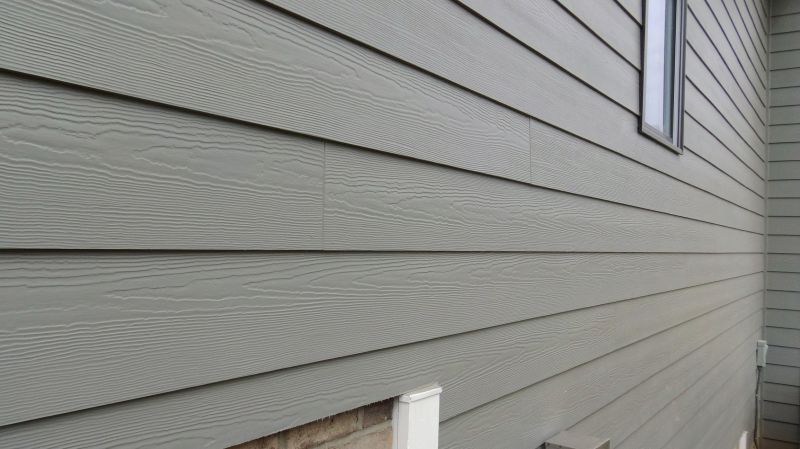
Fall provides cool, dry conditions suitable for siding work before winter.
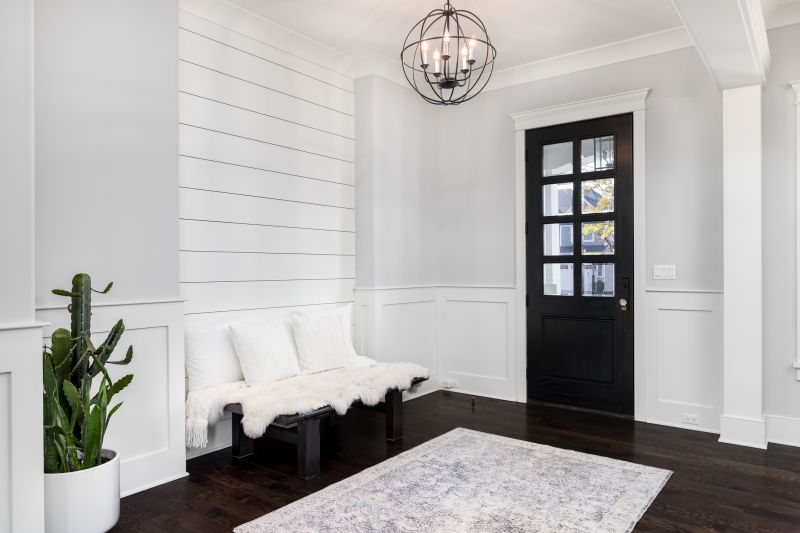
Ways to make Clapboard Sidings work in tight or awkward layouts.

Popular materials for Clapboard Sidings and why they hold up over time.
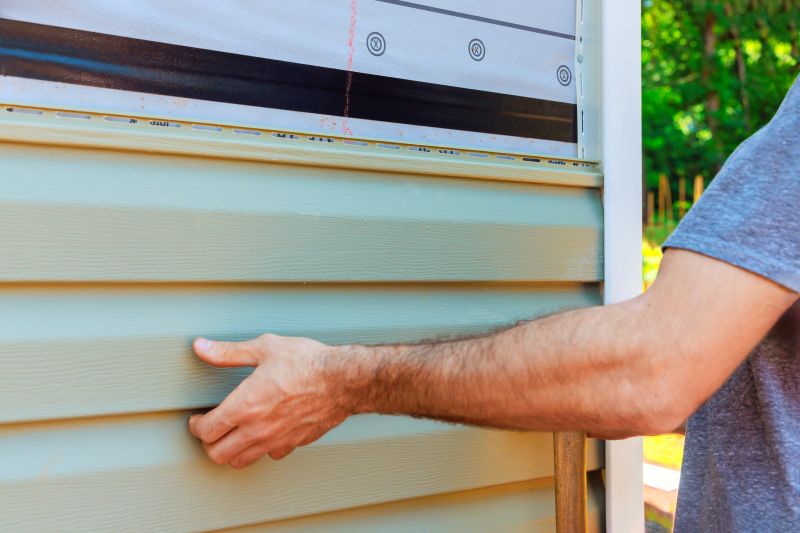
Simple add-ons that improve Clapboard Sidings without blowing the budget.
| Season | Best Practices |
|---|---|
| Spring | Ideal for installation; moderate temperatures and low humidity. |
| Summer | Monitor weather forecasts; avoid peak heat hours. |
| Fall | Schedule before cold weather; ensure dry conditions. |
| Winter | Generally unsuitable; risk of damage and poor adhesion. |
Clapboard sidings are composed of horizontal wooden boards that overlap to create a protective and decorative exterior. They are valued for their traditional aesthetic and ability to enhance curb appeal. Proper installation and maintenance extend their lifespan, which typically ranges from 30 to 50 years when properly cared for. Regular inspections and timely repairs can prevent issues such as rot, warping, and insect damage.

Close-up of overlapping wooden boards showing craftsmanship.
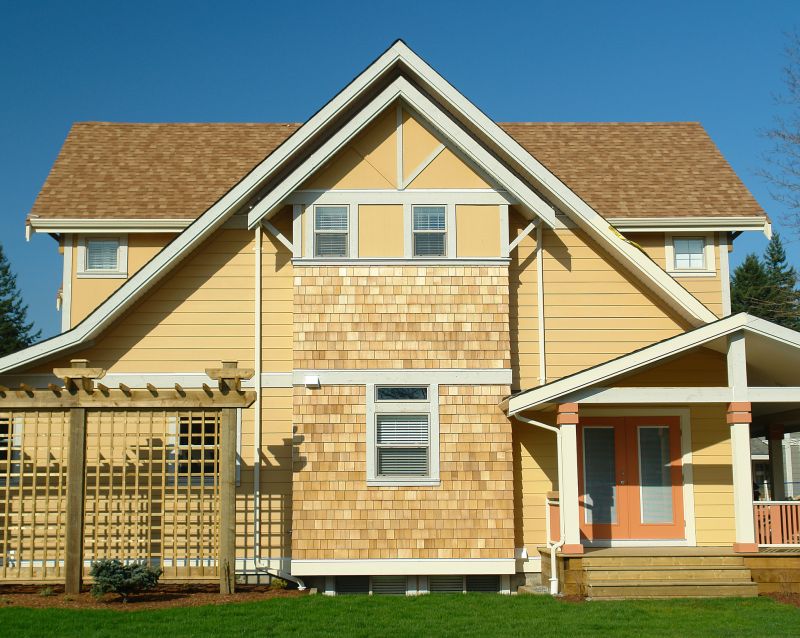
Exterior view highlighting traditional siding design.
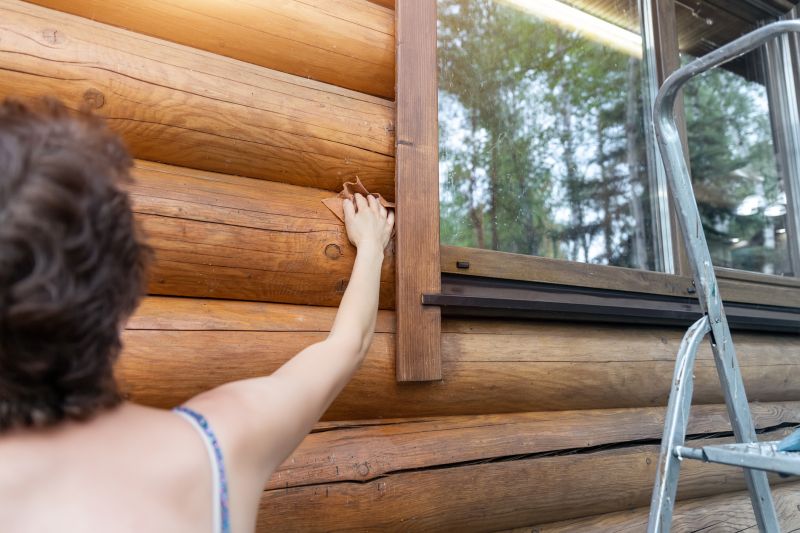
Tools and materials used for siding upkeep.

Freshly finished siding on a residential building.
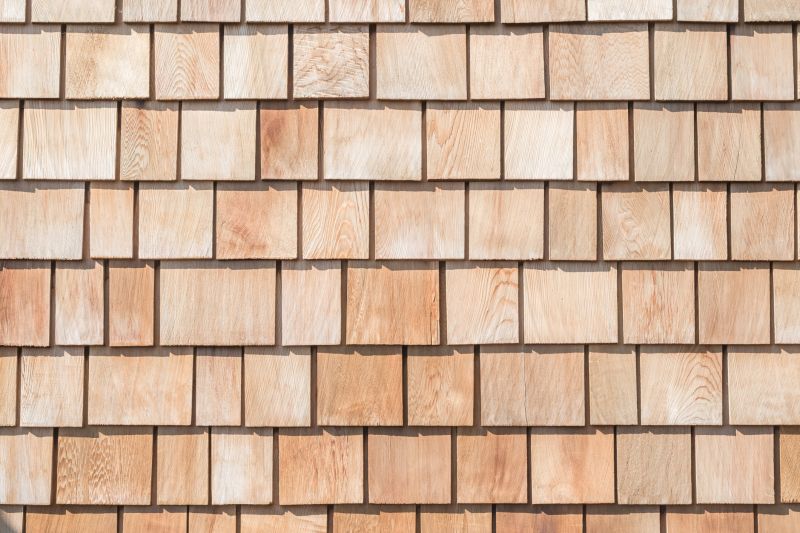
High-end options that actually feel worth it for Clapboard Sidings.
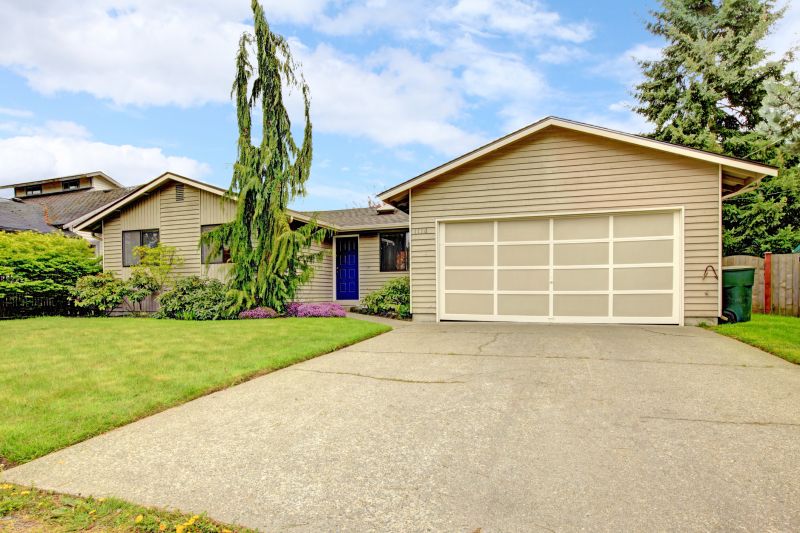
Finishes and colors that play nicely with Clapboard Sidings.
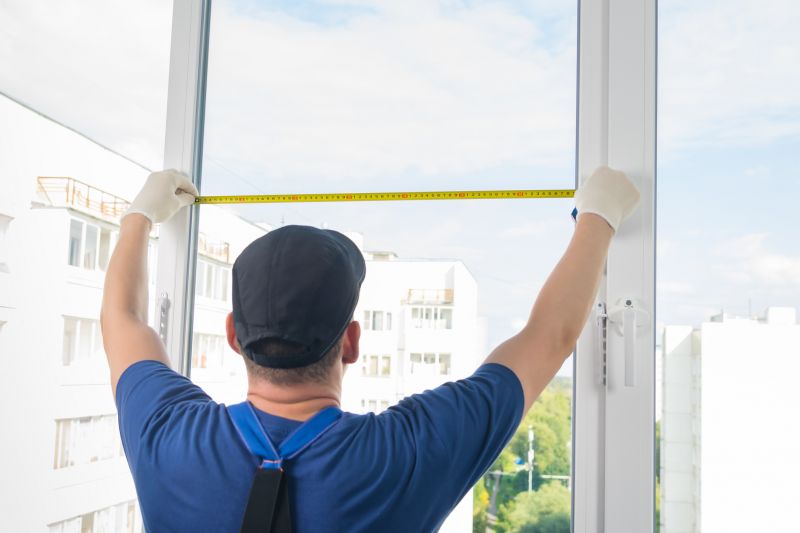
Little measurements that prevent headaches on Clapboard Sidings day.
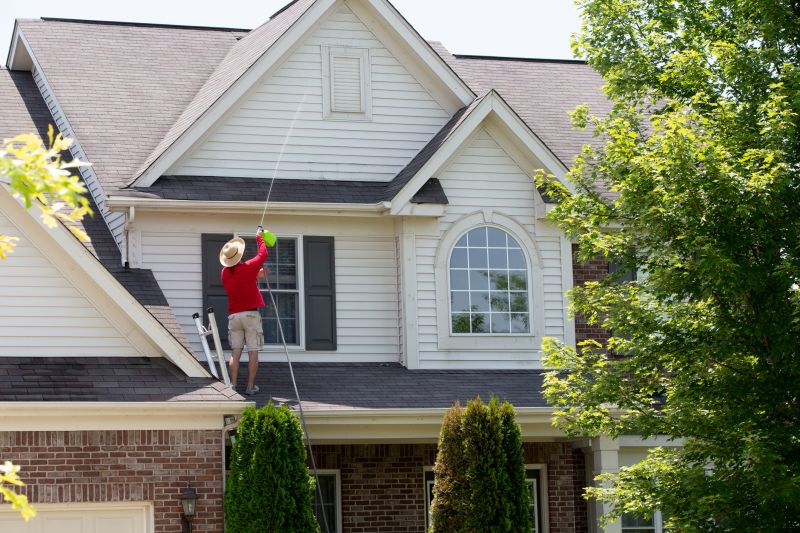
A 60-second routine that keeps Clapboard Sidings looking new.
Interested in installing or maintaining clapboard sidings? Filling out the contact form provides an opportunity to discuss options and schedule services tailored to specific needs and local climate conditions.
